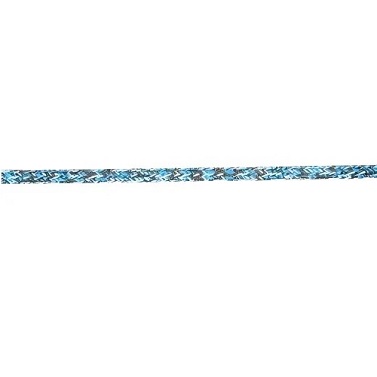During long voyages, whether for leisure cruising or long-distance sailing, cruising ropes are essential equipment to ensure smooth sailing. They not only offer high durability, flexibility, and strength, but also deliver outstanding performance in various environmental conditions. Choosing the right cruising rope can help optimize sailboat control, improve sailing efficiency, and ensure safety during the voyage.
Material Selection and Core Performance
Cruising ropes are mainly made from low-stretch, abrasion-resistant synthetic fibers, such as:
| Material | Characteristics | Recommended Use |
|---|---|---|
| Polyester | Strong stability, UV-resistant, wear-resistant, cost-effective | Bow lines, main halyards, adjustment lines |
| UHMWPE | Ultra high strength, extremely low stretch, lightweight and floats | Main load lines, pulley systems, sail angle fixing lines |
| Aramid | High temperature resistance, cut-resistant, suitable for high-friction environments | High-performance sailboats, hot load points (such as guide lines) |
Most cruising ropes feature a double-braided structure, with an inner core for load-bearing and an outer sheath for protection. This design provides strength while ensuring excellent handling.
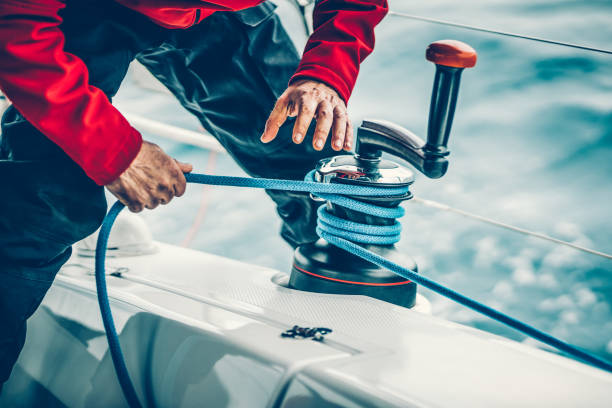
Mechanical Performance
Low Stretch Rate (usually in the range of 1.5%–4%): Ensures sail stability.
High Tensile Strength: Typical cruising ropes with a diameter of 10mm can withstand breaking strengths of 2000–3000kg.
UV and Salt Mist Corrosion Resistance: Ensures long-term reliability.
Flexibility and Easy Handling: Makes tying knots, storing, and adjusting quick and easy.
Gentle Grip, Burn-Free: Friendly to gloves and operators, allowing for prolonged handling.
| Application Area | Rope Type | Performance Requirements |
|---|---|---|
| Halyard (for hoisting sails) | Low stretch rope, easy hoisting | High tensile strength, smooth surface, wear-resistant |
| Sheet (for controlling sails) | Abrasion-resistant, easy to control | Moderate softness, good grip |
| Guy (leading or guiding line) | High friction resistance | Wear-resistant, high heat tolerance |
| Preventer (to prevent accidental gybing) | High strength, shock-resistant | Safety buffer, prevents swinging |
| Control Line (for running through blocks) | Good bending fatigue resistance | Strong flexibility, suitable for frequent direction changes |
The proper functioning of these systems relies on the overall coordination, rebound control, and clear feedback of the cruising ropes, which becomes especially critical in harsh weather conditions.
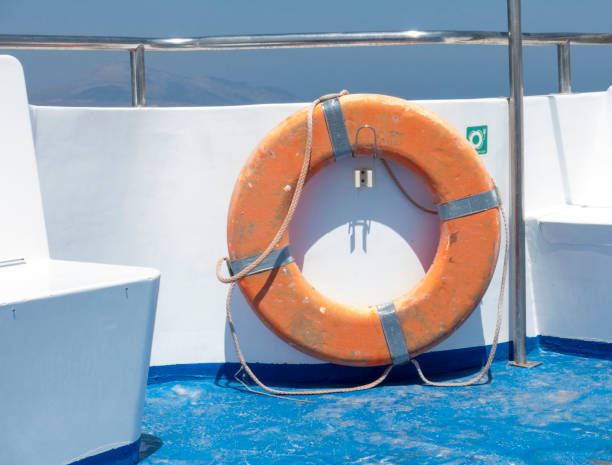
The right cruising rope can:
Reduce wind resistance and keep the sail in optimal shape.
Enhance control sensitivity, making command responses more precise.
Lower rope replacement frequency and extend overall equipment life.
Minimize issues such as rope burning or slipping caused by slack or sliding.
Provide reliable support in strong winds and rough seas, ensuring the safety of the crew.
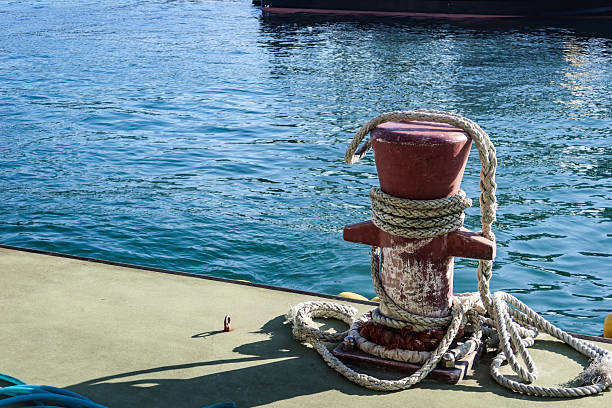
HOATER's cruising ropes have undergone rigorous tests, including tensile strength, UV aging, salt mist corrosion resistance, abrasion resistance, and bending fatigue. Custom length, labeling, and end finishes (such as core-to-sheath splicing, whipping, heat sealing, etc.) are available to meet the needs of various boat types and user preferences.
To ensure that cruising ropes remain in top condition for the long term, follow these guidelines:
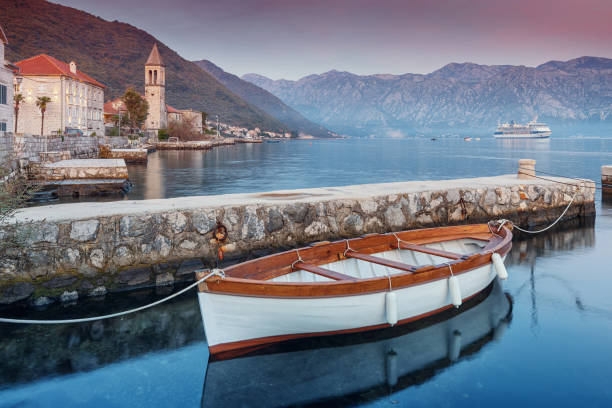
After use, wash with fresh water to remove salt residue.
Store in a dry place, avoiding direct sunlight and contact with oils.
Regularly inspect for sheath wear, internal twisting, and hardening.
Avoid kinking, bending, or tying knots.
Replace main halyards and tension lines every 2-5 years.
Test all critical lines and load points before key voyages.


